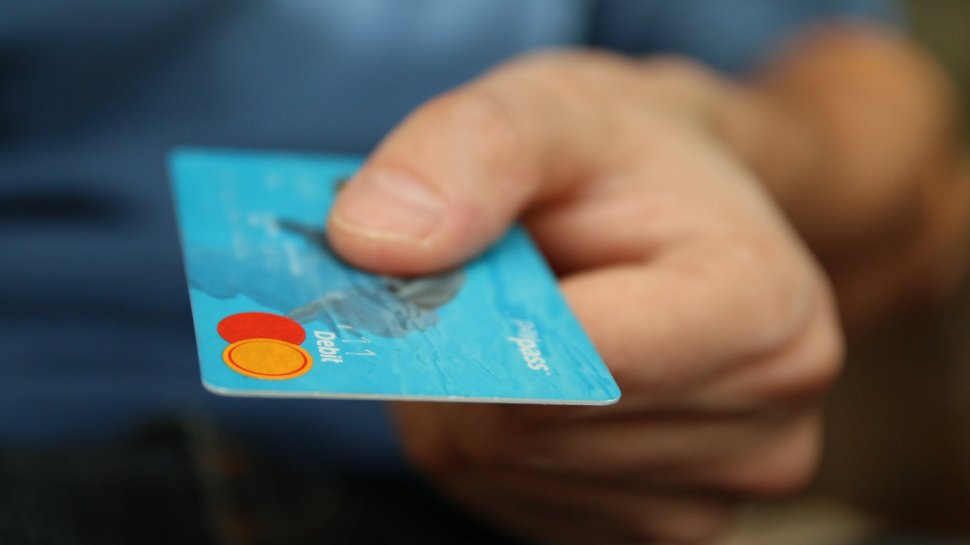Five trends to watch in the world of paytech
What's hot in the world of payments

There’s no escaping the fact that, in recent times, we have seen several years’ worth of innovation and disruption take place in mere weeks. And whilst much of the tech sector has held onto some form of stability, as many areas of our digital lives remain largely untouched by the effects of the pandemic, this isn’t the case for a lot of businesses who have had to adapt quickly and efficiently to their new reality.
Prior to 2020, there were already huge shifts happening in the worlds of ecommerce and payment gateways, which reflected changing consumer attitudes towards cash and the increased use of contactless and other digital options. In the UK alone, figures from UK Finance show that fewer than one in four payments last year were made with cash and more than half were made by card last year, with 10% of UK adults choosing to live in a predominantly cashless way.
This trend towards a cashless society has only been accelerated by pandemic, with just 8% of merchants in the US identifying as cashless at the beginning of March, but 31% doing so by the end of April. Furthermore, global ecommerce retail sales have already grown by 209% since last year - a staggering figure against those of normal times.
So, in a time where the changes in how we pay and get paid are gathering pace, what does the future of paytech hold?
1. The reign of mobile
Adoption of mobile payments is soaring with convenience, speed and more recently, safety concerns around cash all named as contributors to this uptick. With contactless limits increasing and the gap between the payment options that cards and smartphones can offer being bridged, it seems as though plastic cards are on their way out. Merchants are also looking for ways to move out of lockdown in a physically safe and technologically secure way, which they can do so by shifting the point of sale (POS) from being a static terminal to a mobile device.
2. Payments and loyalty will merge
With the introduction of new paytech, such as mobile POS and ewallets, comes the opportunity for merchants to build deeper, more meaningful relationships with their customers, all based around the shopping experience. It’s a win-win situation, with customers benefiting from the increased convenience and more relevant touchpoints with the retailer including personalized offers, vouchers and discounts. Meanwhile retailers can gain more of an insight into their customers’ behavior and ultimately drive higher levels of engagement and revenue via loyalty schemes, for instance.
3. Options galore, via ewallets
Whilst the adoption rates of ewallets vary across the world - in the US consumer interest has increased by 8% this year, whilst in the Philippines usage skyrocketed by 700% during lockdown - there’s no doubt that this tech is on the up. There’s a vast amount of innovation taking place in this space: a notable example, this time in Europe, is the network of interoperable wallets built by phyre and currently used by telecoms companies A1 and Vivacom, which brings together Apple Pay, NFC, QR codes and IBAN transfer payments into one app. Flexibility and incorporating as wide a number of payment options as possible could be a key to future success for businesses, and a key selling point for consumers in terms of adoption.
Sign up to the TechRadar Pro newsletter to get all the top news, opinion, features and guidance your business needs to succeed!
4. BigTech getting in on the action
The advent of BigTech in the payments space is a trend that is only going to pick up pace; the most recent example being WhatsApp’s (failed) attempt to launch a payments service in Brazil. What’s interesting is that this trend is a catalyst for closer collaboration between fintechs and established players, to bring ‘best in breed’ solutions to market which can compete with these tech behemoths, but which will have the adequate regulatory and supervisory frameworks in place in order to make them a success and drive innovation in the sector.
5. The digitally savvy SME
Research from Mastercard shows that the financial fallout from the COVID-19 pandemic has left small businesses as some of the hardest hit. Historical data shows that 82% of SMEs fail due to cashflow issues even in the best of times, but with the use of cash falling and 130 million SMEs globally not able to accept electronic payments due to obstacles such as expensive additional hardware, they risk falling even further behind. But digital payments are not just the preserve of large retailers anymore, and so swathes of SMEs will be able to integrate them into their systems too with software-based POS technologies, for instance.
Overall
We in the fintech industry can claim to be at the coalface in terms of supporting businesses and consumers transition to the new way of operating, forced upon us by the recent crisis. We’ve had to provide innovative solutions that can help them to do that now, but this innovation will also pave the way for what is to come, both shaping and being shaped by trends detailed above. The gears of the economy need to keep turning, despite the current upheaval, and when it comes to how we pay and are paid paytech is the oil that keeps the machine moving forwards.
- Ivo Gueorguiev is Co-Founder and Executive Chairman of emoney services provider Paynetics.
- We've featured the best merchant services.
Ivo Gueorguiev is Co-Founder and Executive Chairman of emoney services provider Paynetics. He is currently on a mission to redefine payments, including enabling 35 million financially underserved (micro) merchants across the EU to accept card payments on their phones through the first ever purely software POS solution. He built from scratch a group focused on retail banking in CEE. Previously, he was senior banker at the EBRD. Has built and exited more than 20 businesses.
